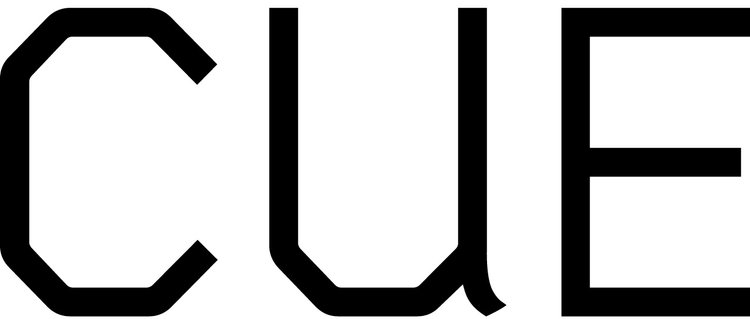In a recent lecture, Lizania Cruz explained––with a smile on her face––that as an artist, she intentionally relinquishes control. It is not a factor she is particularly interested in because control does not serve the function of her work. Instead, she thinks through modalities of agency and intent. Her practice is grounded in the notion that participation is a tool that should always center people first, and not the art. Noting this careful distinction, I cite Cruz’s own words: “Art can be a catalyst for change, but there are material conditions that art can never really provide for.” Participation in art encourages critical thought, action, and change, slowly seeping from the symbolic realm to lived, material realities.
Read More“Pitch Imperfect” by Tiana Reid
In Longing attempts to reckon with a loss of communion, but not one that is a direct result of the pandemic. The curator, Anna Cahn, tells me the idea for the show began before March 11, 2020, the day the World Health Organization declared the Covid-19 outbreak a global pandemic. The works that comprise the exhibition are mainly non-studio-based art practices: installation, movement, performance, video, text, and touch. All around the color palette is muted, but the feeling is resplendent, a repetition in open air. Put together, perhaps non-studio-based art is something like public sex: illicit, queer, without a requirement for delimitation.
Read More"To Allow for Tenderness" by Adeola Olakiitan
Miatta Kawinzi’s artistry is attuned to the pulse of their inner life, and often holds diverse states of being together with precision, through a complex and wide-ranging poetics. In the exhibition, Soft is Strong, a strain of this poetics works through fragmentation and articulates a sense of being while Black, which is extended through the exhibition’s highlighting of softness, fragility, and multiplicity. These modes of existing are still often deemed weak by a heteropatriarchal order, and derided as feminine, self-indulgent, or not worthy of emulation. Counter-notions to this order have, however, long existed in Black feminist thought, whose literary and aesthetic references resonate in this exhibition.
Read More"No Place Like Home," Asia Tail in conversation with John Feodorov
The works that make up John Feodorov’s exhibition, Assimilations, capture the feeling of being caught in-between destinations—geographically, culturally, and ideologically. In the paintings and prints on view, he layers intuitive gestures in acrylic and ink over collaged family photographs, historical documents, found materials, or American tourist kitsch. Elsewhere in the gallery, he creates an altar-like space with religious books from his personal archives that simultaneously represent precious family keepsakes and the tools of colonial conversion.
Read More"to build another world" by danilo machado
Here, we are. I am kitchen table, open window, record just and not yet spun. My household is pandemic and canned goods and washing hands dry. Purple gloves on the sidewalk; ambulances wailing down Brooklyn Avenue. Extended intimacies are kept at an extended distance; we only leave to walk the dog.
The stakes are high, but they have always been. Violences have always threatened vulnerabilities. There has always been urgency in dreaming inclusive futures and pasts.
The artists in Even there, there are stars pose vulnerability as a source of potential, create from a place of abundance, and insist on multitudes. Let’s follow them.
"The Context of Now: Yara El-Sherbini’s Forms of Regulation and Control" by Rosa Boshier
Forms of Regulation and Control, El-Sherbini’s current exhibition at CUE Art Foundation, hones in on the notion of control in a time in which the world feels uncontrollable. Focusing on social conditions most acutely felt in the age of COVID-19, like increased surveillance and police presence on the streets, El-Sherbini also asks us to examine other modes of surveillance and control that go largely unnoticed.
Read More